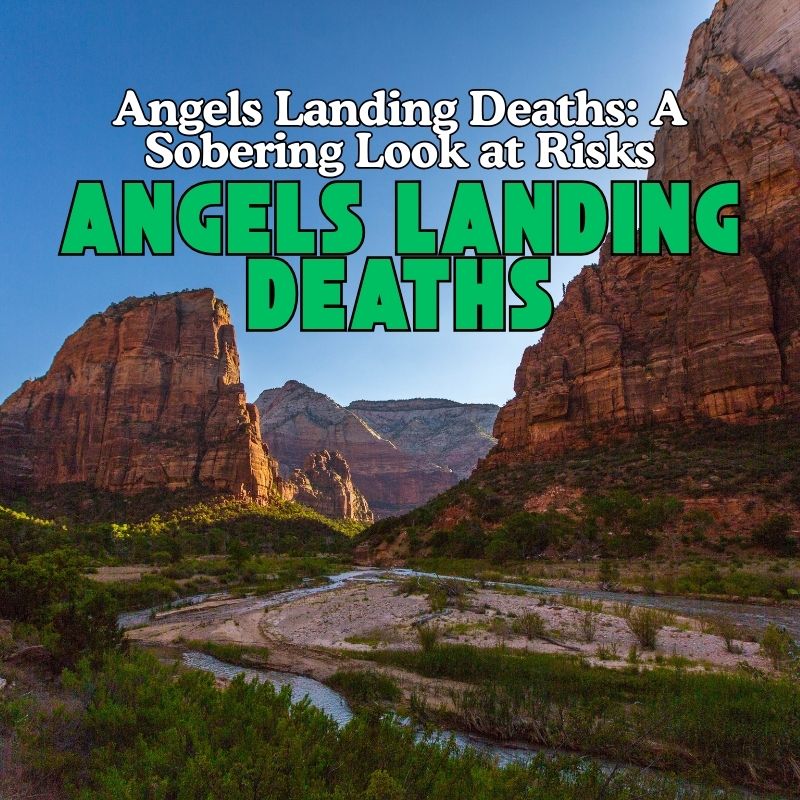
Angels Landing Deaths
A Sobering Look at Risks, Safety, and Awareness
Angels Landing Deaths – Angels Landing in Zion National Park, Utah, is one of the most iconic – and dangerous – hikes in the United States. Its narrow ridgeline, sheer drop-offs, and breathtaking views make it an unforgettable adventure for thrill-seekers. However, the trail’s fame is paired with a tragic reality: over the years, several hikers have fallen to their deaths.
In this article, we will explore the history of Angels Landing, the causes of accidents, safety measures, and what hikers should know before attempting the trail. By shedding light on past tragedies, we can turn awareness into prevention and ensure more people return safely after experiencing this incredible hike.
The Allure of Angels Landing
Why the Trail Attracts Thousands – Angels Landing Deaths
Angels Landing is not just another hiking trail – it’s a challenge, a bucket-list experience, and a symbol of conquering fear. The final half-mile of the trail features steep drop-offs with 1,500-foot cliffs on both sides. Chains bolted into the rock provide handholds, but the danger remains very real.
Travelers are drawn here for:
- Thrill and adrenaline – the rush of walking along a razor-thin ridge.
- Breathtaking views – panoramic vistas of Zion Canyon.
- Prestige – being able to say, “I made it to Angels Landing.”
This combination of beauty and danger is precisely what makes the trail so famous – and so deadly.
Read also – Half Dome Deaths: What Every Hiker Should Know
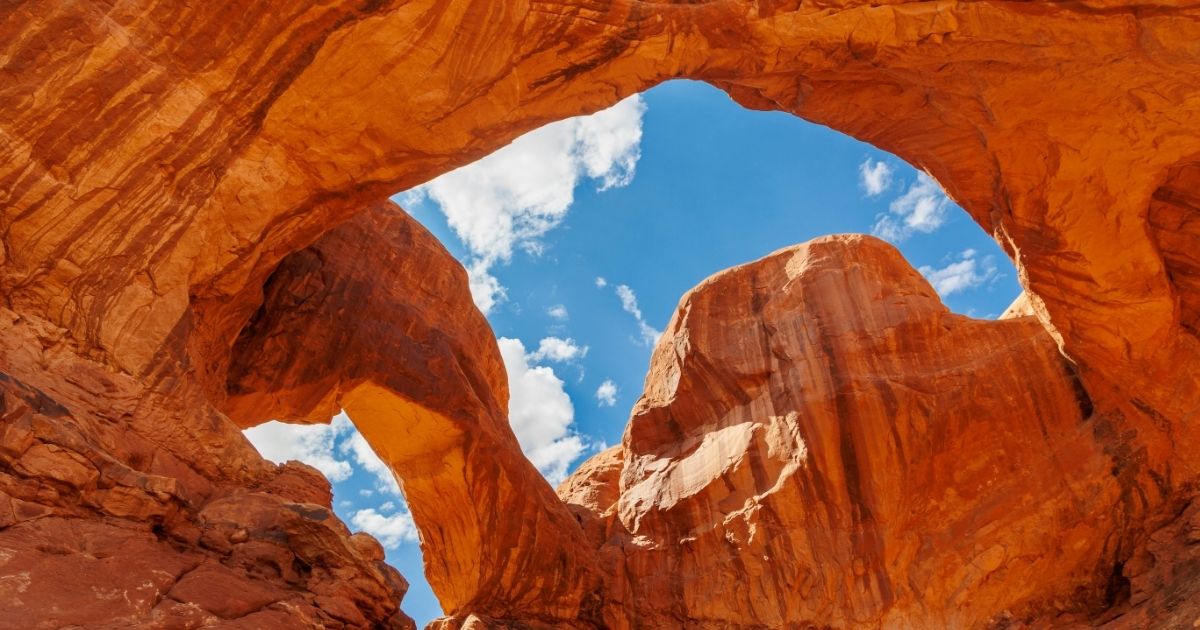
Documented Deaths on Angels Landing
A Tragic History – Angels Landing Deaths
Since the trail was completed in 1926, there have been at least 17 confirmed deaths from falls on Angels Landing. While this number might seem small compared to the millions of hikers who attempt it, each tragedy serves as a reminder of the risks.
Read also – Manoa Falls Honolulu HI: Best Tropical Adventure through Nature’s Masterpiece
Some of the most common circumstances surrounding these deaths include:
- Losing footing on slippery rock.
- Overestimating physical ability.
- Strong winds causing instability.
- Attempting risky maneuvers for photos.
The Most Recent Cases
In recent years, several high-profile cases have been reported, including:
- 2019 – A 19-year-old college student fell to her death while hiking alone.
- 2021 – A hiker slipped near Scout Lookout, a section leading up to the chains.
- 2022 – Another fatal fall occurred, reigniting conversations about trail safety and regulations.
Each loss has sparked discussions among park officials, visitors, and locals about balancing freedom, accessibility, and safety.
Read also – Travel the World: A Complete Guide
Why Fatalities Occur – Angels Landing Deaths
Slippery Conditions
When hikers set out on Angels Landing, many expect the challenge of steep cliffs and narrow ridges. However, what often surprises visitors is how much slippery conditions increase the danger. Even a well-prepared hiker can lose footing when the surface beneath them changes unexpectedly.
During certain times of the year, the trail becomes wet from rain or melting snow. Moisture clings to the sandstone, creating a slick layer that reduces traction. In addition, morning dew can leave the path damp, while shaded areas remain wet long after the sun dries other sections. These natural changes make it difficult to predict which parts of the trail will feel safe underfoot.
Moreover, winter brings icy patches that turn narrow ridges into treacherous stretches. When ice forms, the chain support system becomes even more vital, yet gripping frozen metal can also be challenging. As hikers progress, each step requires more caution, and hesitation can create traffic jams that make conditions worse for everyone on the trail.
It is also important to note that fine sand and loose gravel frequently accumulate on the rocks. At first glance, these surfaces may appear solid, but the tiny particles act like ball bearings beneath hiking shoes. This hidden hazard has caused many slips, even for those wearing appropriate footwear.
Because of these unpredictable elements, hikers must adapt quickly and remain mindful at every step. Proper shoes with strong grip, steady pacing, and awareness of weather conditions before starting the hike are essential defenses. Additionally, many safety experts advise avoiding the trail during or right after rainfall, as the risks increase dramatically.
In the end, slippery conditions remind us that nature cannot be controlled. Respecting these factors and preparing accordingly helps transform a potentially dangerous hike into a safer and more rewarding adventure.
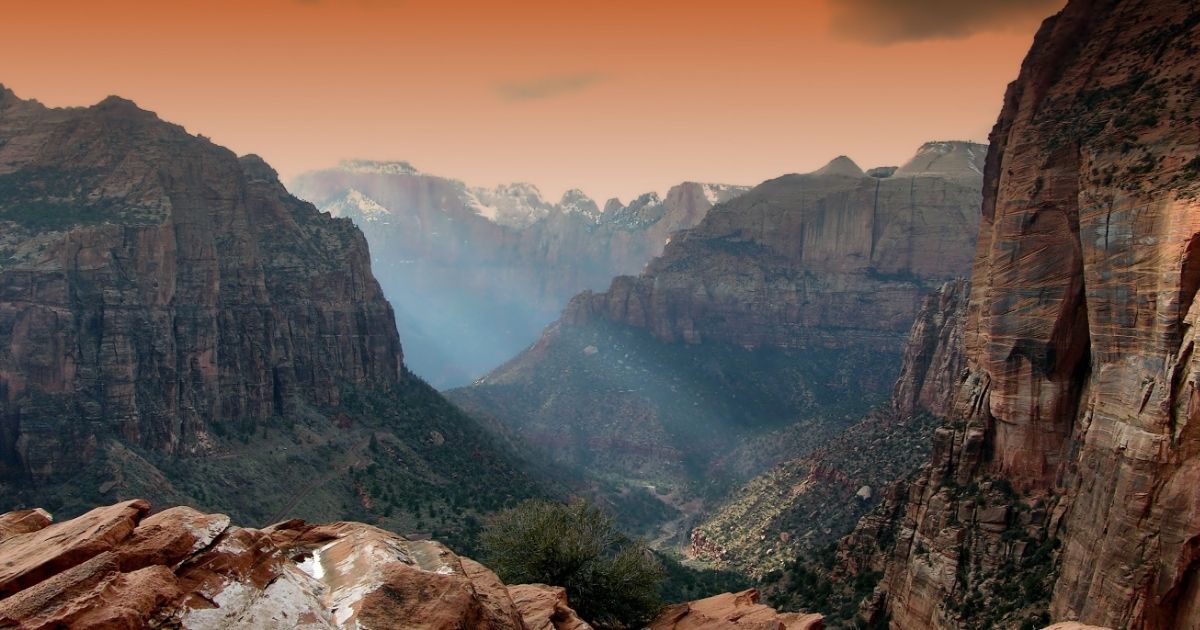
Human Error – Angels Landing Deaths
While natural conditions play a major role in accidents at Angels Landing, human error often contributes just as much to the danger. Many hikers underestimate the trail’s difficulty or overestimate their own abilities. As a result, small mistakes can have devastating consequences when navigating such a precarious route.
One common error is ignoring safety instructions. Despite clear warnings at the trailhead, some visitors continue past recommended turn-around points without the necessary fitness or mental readiness. In doing so, they put themselves at risk, especially on the chain-assisted ridges where balance and focus are critical.
Another frequent mistake involves rushing. Excited hikers sometimes push forward too quickly, especially when the trail feels crowded. In these moments, they may take risks such as passing others on narrow sections or failing to secure their grip on the chains. A single misstep in these conditions can cause a fall that is impossible to recover from.
In addition, distractions play a dangerous role. With stunning scenery all around, hikers often pause to take photos in exposed areas. While the view is undeniably breathtaking, stopping in unsafe spots reduces focus and stability. Tragically, there have been cases where the quest for a perfect picture ended in disaster.
Fatigue also increases the likelihood of mistakes. By the time hikers reach the upper sections, their energy is often depleted. Tired legs, combined with shaky concentration, make it far easier to slip or stumble. Choosing to push forward despite exhaustion is a human decision that can escalate the trail’s inherent risks.
Ultimately, human error highlights the need for humility and caution. Recognizing personal limits, respecting the trail’s challenges, and avoiding reckless behavior all serve as vital safeguards. When individuals make thoughtful choices, the chances of safely experiencing Angels Landing rise significantly.
Overcrowding – Angels Landing Deaths
Overcrowding has become one of the most pressing challenges at Angels Landing. Once a trail known primarily to seasoned hikers, it now attracts thousands of visitors every year. As a result, the narrow path already intimidating because of its steep cliffs becomes even more hazardous when too many people attempt it at once.
One of the main problems with overcrowding is bottlenecking. The trail’s chain-assisted sections are designed for slow, careful movement. However, when large groups gather at the same time, hikers are often forced to wait in line or move closer together than is safe. This lack of space increases the risk of accidental bumps or slips.
In addition, the pressure of crowded conditions can lead to poor decision-making. Some hikers feel rushed to keep moving when others are waiting behind them. Instead of proceeding at a cautious pace, they push forward too quickly. Others may attempt to pass slower climbers, a risky choice on such a narrow ridge. These small adjustments, made in response to congestion, significantly raise the likelihood of accidents.
Noise and distraction also come into play. With dozens of people talking, shuffling, and taking photos, it becomes harder for individuals to focus fully on their steps. The psychological comfort of “safety in numbers” sometimes lulls hikers into underestimating the trail’s true danger. In reality, crowded conditions amplify the risk rather than reduce it.
To address this issue, Zion National Park has introduced a permit system to limit daily hikers on Angels Landing. By reducing the number of visitors, officials aim to preserve both safety and the quality of the experience. Still, overcrowding remains a concern, especially during peak seasons.
Read also – How to Find Cheap Flights in 2025 (Even Last-Minute!)
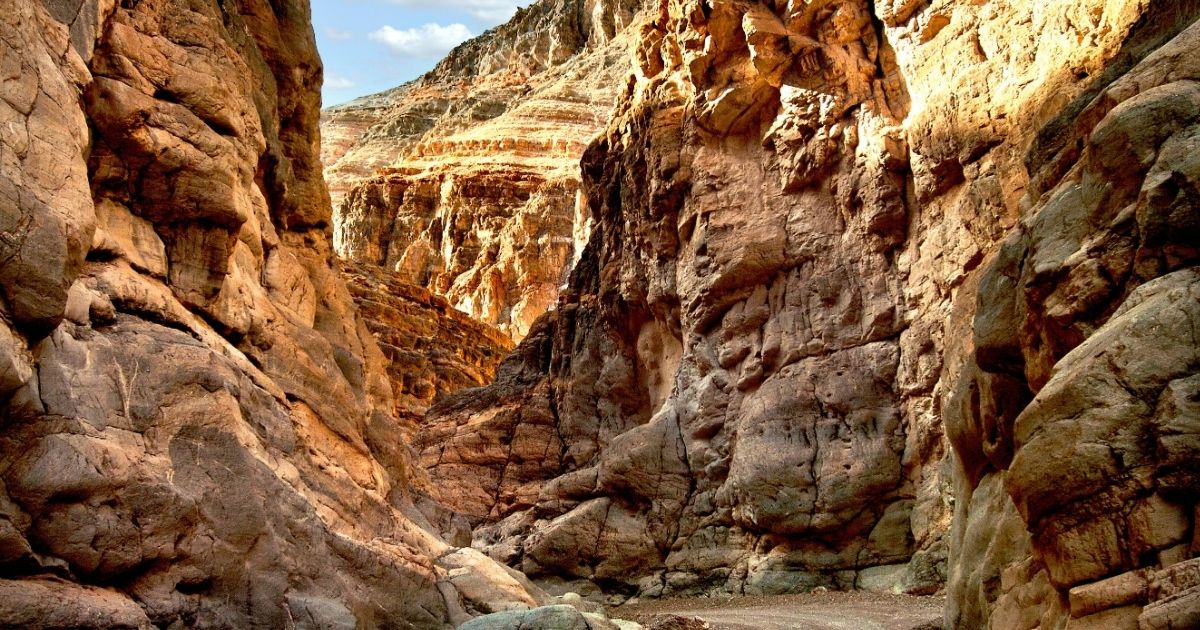
Permit System
In April 2022, Zion National Park introduced a permit system to limit the number of hikers on Angels Landing. This system reduces crowding and ensures that only prepared hikers make the attempt.
Read also – Niihau Shells – Best And Unique Jewelry
Park Guidelines – Angels Landing Deaths
The National Park Service emphasizes safety by encouraging hikers to:
- Wear sturdy footwear with strong grip.
- Carry plenty of water, especially in summer.
- Avoid the trail in poor weather conditions.
- Assess personal fitness before attempting.
Chain Support
The trail’s famous chains provide vital handholds, but they cannot guarantee safety. They are meant as an aid, not as a fail-safe. Still, they remain one of the most recognizable safety features of Angels Landing.
Read also – Earl Bales Park Toronto: A Peaceful Escape in the Heart of the City
Lessons from Tragedies
Preparation Matters
Every death at Angels Landing highlights one critical fact: preparation saves lives. Hikers who plan properly by checking the weather, wearing correct gear, and understanding their limits drastically reduce their risks.
Read also – Sanur Beach in Bali – Your Ultimate Guide to a Peaceful Paradise
Balanced Perspective
It’s important to remember that while the trail has claimed lives, millions have completed it safely. Instead of focusing only on the danger, we must balance perspective: the trail is challenging but manageable when approached with caution and respect.
Read also – Malt Liquor: A Cultural Sip Around the World
The Emotional Impact – Angels Landing Deaths
On Families and Friends
Every fatality leaves behind grieving families who often describe their loved ones as adventurous, vibrant, and full of life. The sudden loss in such a public setting deepens the emotional pain.
Read also – Hotels in Alabang – Best Hotels for a Relaxing
On the Community
Local guides, rangers, and fellow hikers also feel the weight of each tragedy. For park staff, responding to accidents is physically demanding and emotionally draining. For visitors, witnessing or hearing about a fatal fall can be traumatic.
Turning Tragedy into Awareness
Angels Landing deaths are not just statistics; they are reminders of how fragile life can be when nature and human ambition meet. Each tragedy underscores the need for awareness, caution, and respect.
By educating hikers about the risks and encouraging responsible behavior, the community can transform grief into proactive change. Sharing stories, promoting safety campaigns, and respecting regulations ensures that Angels Landing remains both adventurous and safe.
Ultimately, the lesson is clear: the goal is not just to reach the summit but to return safely.
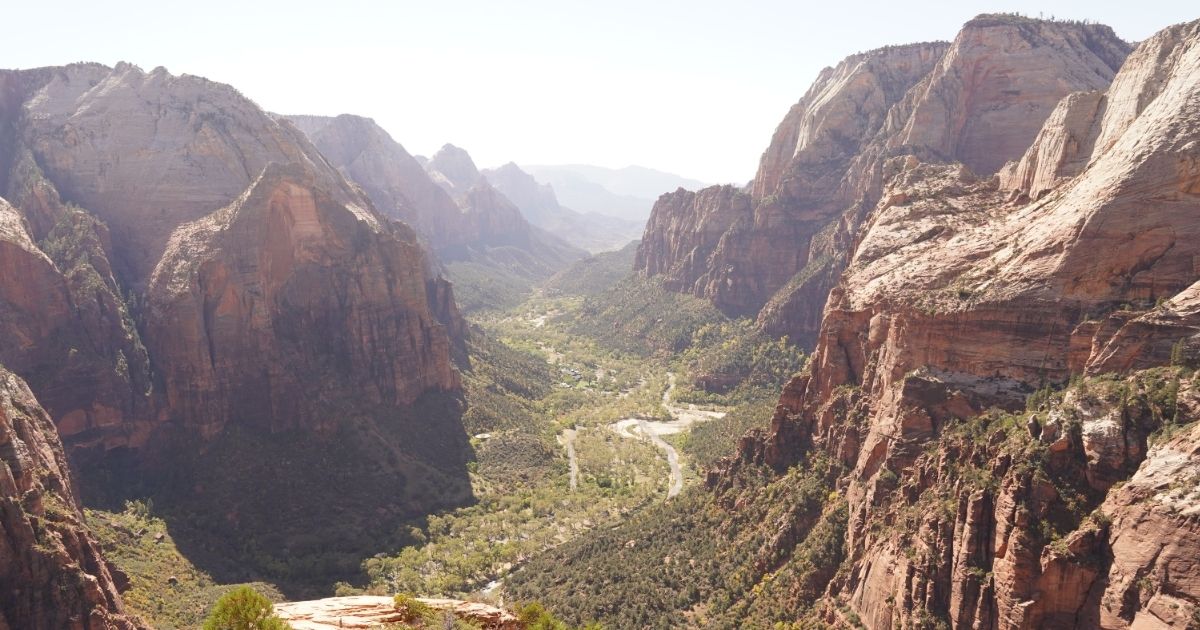
How to Hike Angels Landing Safely
Before the Hike
- Train your body with shorter, strenuous hikes.
- Check the weather forecast.
- Pack essentials: water, snacks, proper shoes, and sunscreen.
During the Hike – Angels Landing Deaths
- Pace yourself; don’t rush.
- Always use the chains when available.
- Stay alert one slip can be fatal.
- Yield to others when necessary to avoid risky passes.
Read also – North Macedonia Tailor-Made Trips: Authentic, Affordable & Unforgettable
After the Hike
Celebrate the accomplishment responsibly. Share your experience, but avoid glamorizing risky behavior, such as dangling over cliffs for social media.
read also – Things to Do in Honolulu – Discover Everything You Need
The Broader Conversation: Risk vs. Freedom
The debate surrounding Angels Landing goes far beyond statistics and safety measures. At its core, it raises a timeless question: how much risk should individuals be allowed to take in the name of personal freedom? On one hand, hiking this trail is a voluntary act. Visitors knowingly step onto a path that is well-documented for its steep drops, narrow ridges, and history of fatalities. For many adventurers, this danger is precisely what makes the experience meaningful. They argue that part of the beauty of outdoor exploration lies in the freedom to test one’s limits, face fear, and embrace uncertainty.
On the other hand, park officials and safety advocates emphasize responsibility. When accidents occur, they do not affect only the individual. Rescues require teams, helicopters, and resources that put others at risk as well. Furthermore, fatalities have emotional consequences for families, witnesses, and even strangers who may feel shaken after seeing an accident on the trail. From this perspective, limiting access or adding stricter rules is not about restricting freedom but about protecting life and reducing avoidable harm.
Transitioning between these two views is not easy. Advocates for freedom stress that wilderness areas should remain places of self-reliance, where personal choice reigns supreme. Meanwhile, those prioritizing safety argue that shared spaces like national parks must balance individual liberty with collective responsibility.
Ultimately, the conversation about risk versus freedom at Angels Landing mirrors larger societal debates. Whether in outdoor recreation, extreme sports, or even daily life decisions, people continually navigate the tension between autonomy and protection. Angels Landing stands as a physical symbol of this balance. It challenges hikers to ask themselves: is the thrill worth the risk, and where should freedom end so safety can begin?
Eco-Conscious Considerations – Angels Landing Deaths
While most conversations about Angels Landing focus on safety, there is another equally important factor to consider its environmental impact. As one of Zion National Park’s most iconic trails, Angels Landing attracts thousands of visitors each year. This growing popularity, however, puts significant pressure on the delicate ecosystem. From soil erosion to wildlife disturbance, the footprint of heavy foot traffic extends far beyond the trail itself.
To begin with, erosion is a pressing concern. Every step on narrow ridges and switchbacks contributes to the gradual wearing away of rock and soil. Over time, this process can destabilize the trail and require extensive maintenance. Additionally, increased trash, litter, and microplastics left behind by careless visitors disrupt the natural beauty of the park and threaten its wildlife. Even seemingly harmless acts such as feeding chipmunks or leaving food scraps alter animal behavior and create long-term imbalances in the ecosystem.
Therefore, eco-conscious hiking at Angels Landing requires both mindfulness and responsibility. Simple actions, such as packing out all trash, staying on designated paths, and avoiding single-use plastics, can significantly reduce negative impacts. Moreover, hikers should respect wildlife by observing from a distance rather than interacting directly.
At the same time, park officials have begun to take proactive steps. By limiting daily permits, installing protective railings, and educating visitors about “Leave No Trace” principles, they aim to preserve both the trail’s safety and its natural integrity. Still, the ultimate responsibility rests with each individual.
In the end, enjoying Angels Landing is not only about conquering a physical challenge but also about practicing stewardship. When hikers balance adventure with care for the environment, they ensure that future generations can stand on the same cliffs, take in the same breathtaking views, and feel the same awe without sacrificing the ecosystem that makes it all possible.
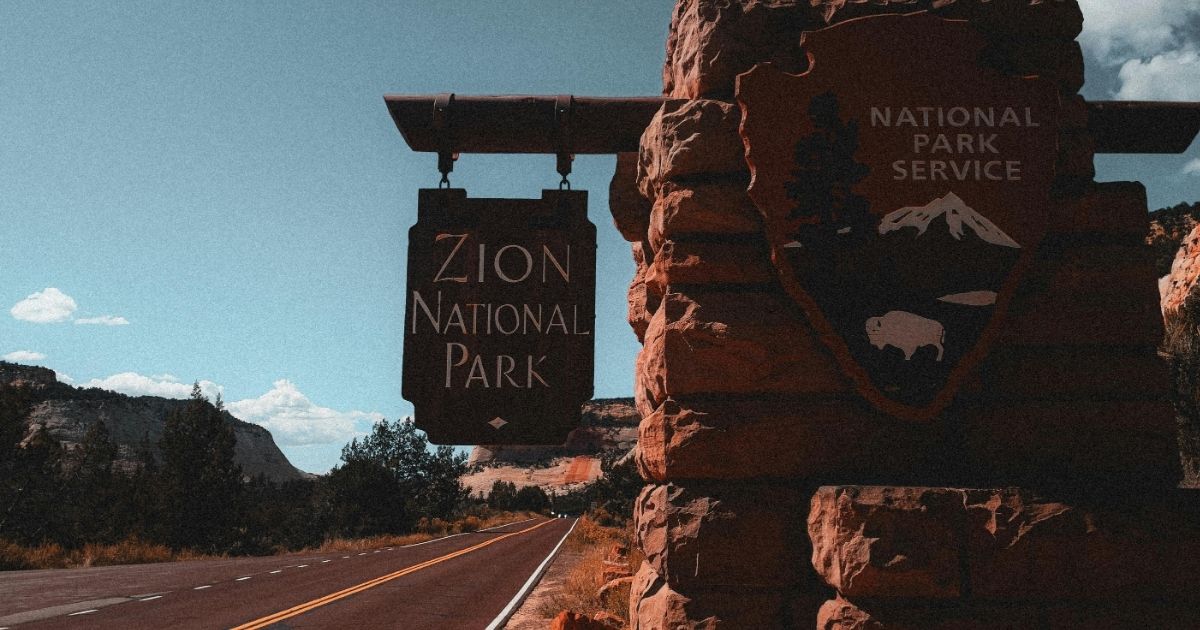
Conclusion
Angels Landing is a hike like no other. Its soaring views, thrilling ridgeline, and rich history make it unforgettable – but also perilous. With at least 17 recorded deaths, it stands as a stark reminder of the risks that come with adventure.
Yet, the story is not just about tragedy. It’s about awareness, preparation, and respect. By learning from past incidents, hikers can honor those who lost their lives and ensure future visitors enjoy the trail safely.
Ultimately, the message is simple: Angels Landing should inspire awe, not recklessness. The true achievement lies not only in reaching the summit but in returning home safely.




[…] also – Angels Landing Deaths: A Sobering Look at […]
[…] also – Angels Landing Deaths: A Sobering Look at […]
[…] also – Angels Landing Deaths: A Sobering Look at […]
[…] also – Angels Landing Deaths: A Sobering Look at […]